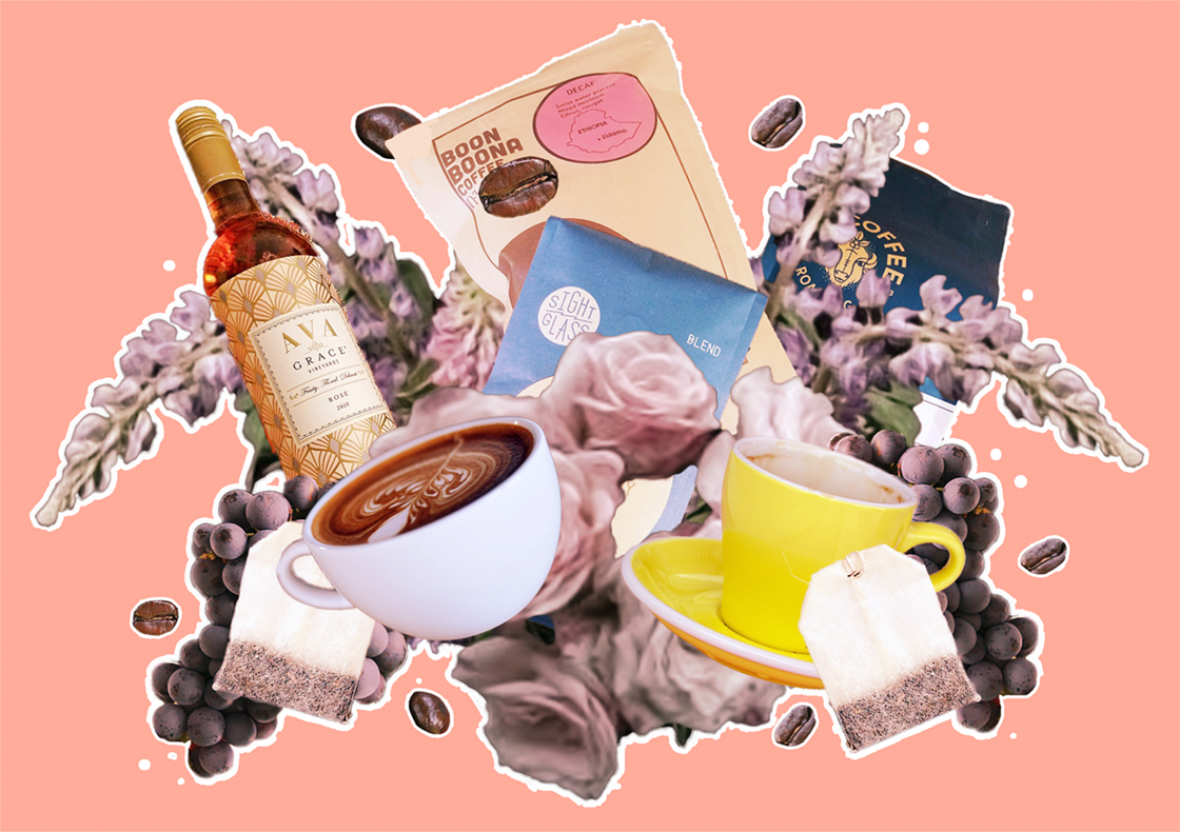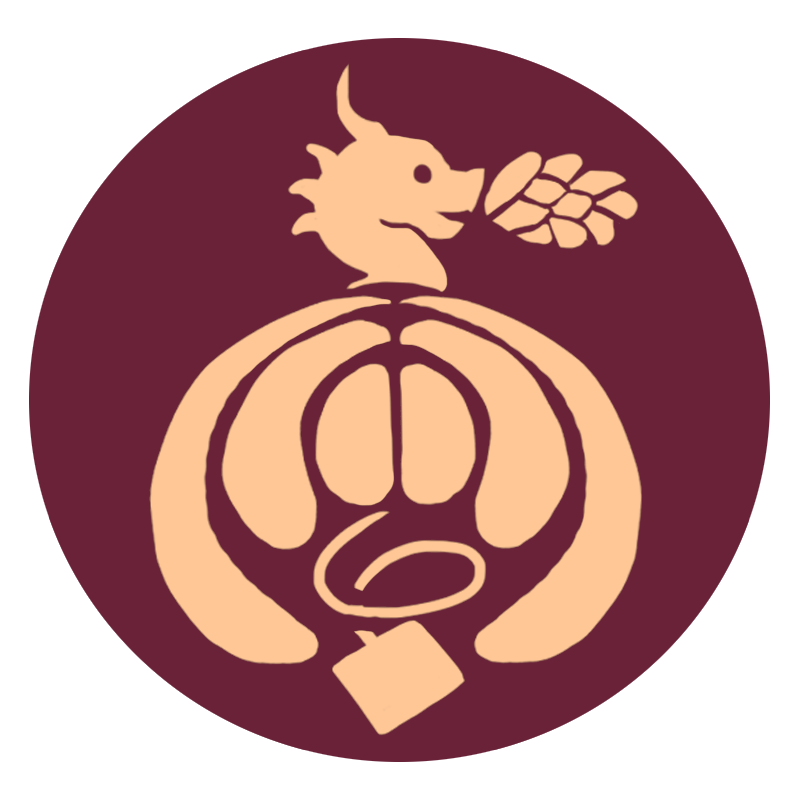This bag nearly drove me mad…but not in a bad way.
To start off, the first few attempts at brewing this coffee went sour due to my accidentally buying the wrong filter from Melitta. Take it from me…just because it looks like a pourover filter doesn’t mean it’s a pourover filter. Secondly, I could’ve sworn I’d already written a review on it! It was just so good it didn’t click to me I hadn’t crowed about it to all and sundry. Well. Coffee is nothing if not an event and Kuma Coffee sticks out in my mind for nearly every reason in the book.
So…was it worth all the trouble? Let’s find out! If you haven’t read my past specialty decaf coffee reviews, check out my Decaf, Decaf Everywhere series in the directory. I recently reviewed Methodical Coffee’s Decaf Cauca, a tart and fruity delight that I (surprisingly!) preferred drinking black.
Without further ado:

Origin
This is a Peruvian single origin decaf coffee bag from the San Ignacio region, decaffeinated using the Swiss Water process. According to Atlas Coffee, Peru is the ninth leading coffee producing region and accounts for just a sliver of global coffee production. That’s still tens of thousands of pounds of coffee, so that’s nothing to sneeze at!
I’ve had a few (very good) bags from here so far and it’s an origin I very much need to explore further. I currently have another Peruvian bag on the way, with some very interesting flavor notes…
Roaster
Kuma Coffee is a Seattle-based roaster that’s been around for a little over a decade, creating small-batch specialty coffee with a focus on single origin beans and direct relationships with farmers.
They stress the need for eco-friendly roasting equipment and sell their coffees to both individual consumers and cafes around the country. A detail that really caught my eye with Kuma Coffee’s Peru San Ignacio Decaf is the women-dominated production team. While I don’t believe we should wait until a Women’s History Day to start discussing issues that impact women and girls, now’s a great time to brush up on gender inequities in the coffee industry and what you can do about it.
Good single origin coffee isn’t just the flavor, but who makes it and whether or not they’re getting their fair share of the pie.
Packaging




What a charming packaging job!
Something I just love about ordering good specialty decaf coffee are the little surprises that come with packaging. Usually I get tiny standard boxes, but once in a while I’ll get something extra. The first thing to greet me when I checked my mail was the red bear stamp on the box, wrapping over the top and sides. The bear logo is front and center on the bag, with a splash of warm orange over soft tan, caught between minimalist and illustrative. You have flavor notes on the wraparound, with a bold black stamp for Swiss Water certification.
This box delighted me so much I immediately ran up to my roommate to show it off. The roasters also wrote a custom greeting on my receipt, which was the final cherry on the cake. Kuma Coffee really knows how to make you smile.
Roasters? Take note of that personal touch in your business: it matters.
Aroma
This coffee smells absolutely lovely. The whole beans are a little earthy, with the faintest and most mild sweetness trailing in. The ground aroma brings out a little fig and raisin, a comforting sort of scent that reminds me of old pantries and long walks in nature.
Mouthfeel/Roast Level
This is a medium-roasted single origin decaf coffee. The mouthfeel was rather consistent across the board, smooth and silky even in the traditionally creamy-leaning French Press.
Flavor Notes
This is one of the most earthy and savory coffees I’ve ever gotten my hands on. The bear logo is incredibly apt, because it really feels like you’re cradling a healthy forest in your hands.
This single origin decaf coffee bag boasts fig, pralines, orange zest and wildflower honey. Fig and raisin are the dominant notes I got, leaning soft and fruity without any tart notes. It’s worth noting that I still drank my first pourover brew after it broke and the coffee still tasted wonderful. A ringing endorsement for a quality bag (and a healthy reminder to double-check the coffee accessories you buy)!
This coffee goes wonderfully with a little milk and a sweetener of your choice, its flavor distinct enough not to be muted.
I was sad to see the bag grow empty. We went through a lot, it and I.
Final Verdict

For all that this bag gave me trouble, it remains one of the most delicious single origin coffees I’ve ever bought.
Peruvian coffee is a mean contender for one of my favorite origins with this complex, gentle and comforting cup. It’s mellow without being mild. It’s sweet and earthy without a bitter bite. It goes down well on its own, not unlike a gently spiced black tea, and mixes perfectly with your classic additives. Those that prefer more tart or chocolately coffees, however, may be better off looking elsewhere.
This is the kind of coffee you snuggle up on the recliner with, not get you ready to tackle the world at eight sharp.
While Kuma Coffee no longer stocks their Peru San Ignacio Decaf, they recently released a single origin decaf bag from Costa Rica, which I am absolutely going to try soon. You can find Kuma Coffee at their site here.
If you want to brush up on more coffee-related news, check out:



